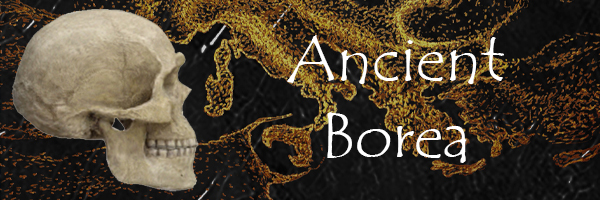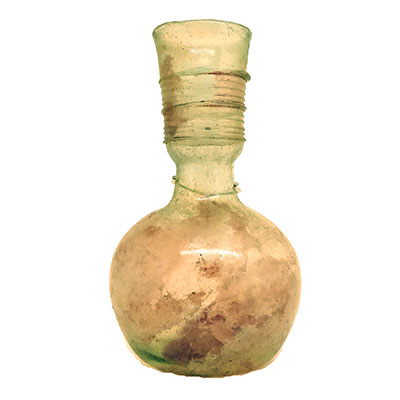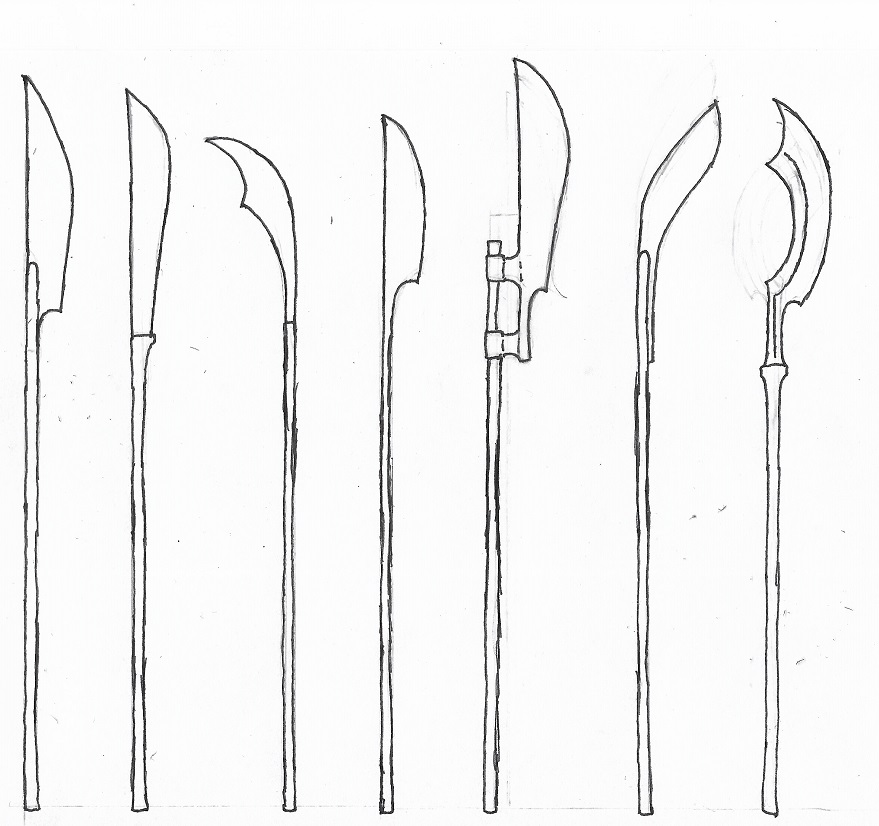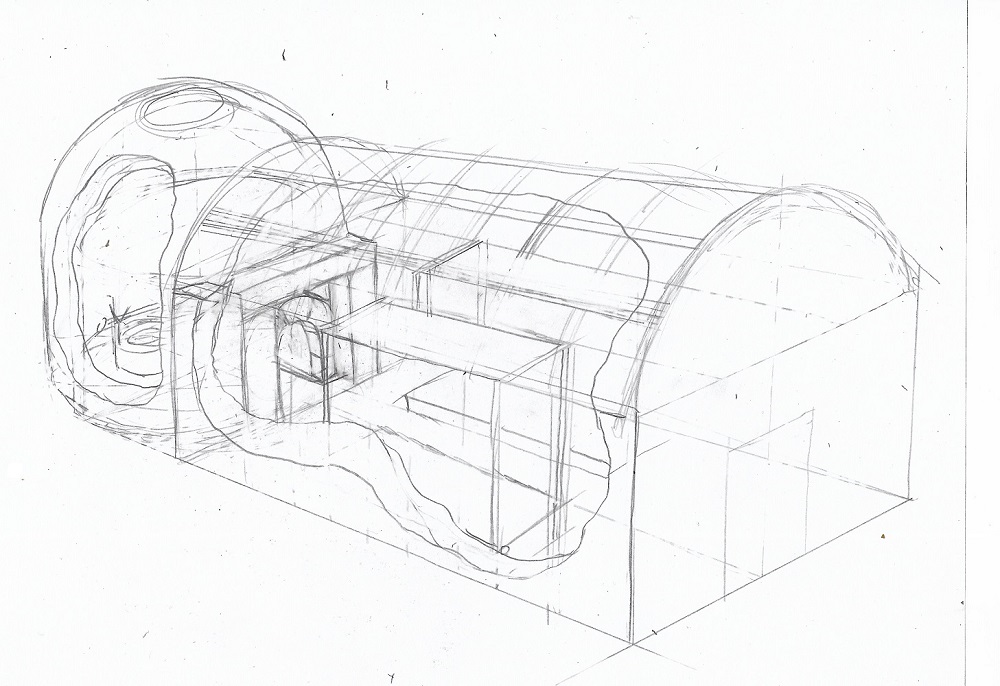Palæoboreanic Civilization & Culture
Copyright © 1999-2020 C.E. by Dustin Jon Scott
Introduction
The Palæoboreanic World was home to numerous closely related civilizations and cultures, sometimes considered together somewhat inaccurately as “The Palæoboreanic Civilization” or “the Palæoboreanic culture” as if they represented a singular cultural whole (which, though not strictly accurate, is not so far from the truth).
Technology
Palæoboreanic technology eventually reached what we would likely regard as an approximately “Renaissance” level of technology before finally dying out. For more information, see Palæoboreanic technology.
Languages & Dialects
The original Proto-Palæoboreanic “language” was in reality not quite a full-fledged, proper language. This pseudo-language was in fact an absolute proto-language: It lacked auxilliary verbs, had little-to-no distinction between nouns and verbs, and used non-arbitrary phonaesthemes rather than arbitrary phonemes as most true languages (which is not to say that true languages have no internal phonaesthemic system; many surely do!) strung together into somewhere between word-like and sentence-like sequences that were vague and information-rate inefficient compared with true languages, often being what an English-speaker would perceive as sentence-length but imparting about as much information as a moderately inflected word, and without as much specificity. In many ways, the original Proto-Palæoboreanic tongue was more like the communication of crows. Out of this crow-like, or almost stereotypically “cave-man-like” system of communication, structures alike those found in true languages began to emerge: root words, affixes, auxillary verbs; agglutination, root-inflection, fusion, isolation and polysynthesis; all from a system of a communication that most would likely regard as little more than a system of squaks and grunts.
The structure of Proto-Palæoboreanic, as well as many of the languages that descended from it, was phonaesthemically oligosynthetic. Every phoneme in their inventory had a phonaesthemic meaning attatched to it, and was never used in a manner inconsistent with this. Their phoneme/phonaestheme inventory could be divided into two groups: consonemes and volonemes. Among consonemes, labials tended to be used in reference to placement, alveolars for action, and velars for abstractions. Among volonemes, open vowels conveyed receptiveness ranging from passiveness to femininity, mid front vowels corresponded to activeness and transitivity as well as agency, close front vowels represented descriptiveness and adjectivity, close back vowels were associated with projectiveness from intransitivity to masculinity, and mid back vowels indicated transformation and causativity, and were often found marking gerunds and mass nouns, in many cases corresponding to English words ending in "-ness", "-ity", "-ation", or the like. In the initial proto-language, consonemes were treated as the most salient, and the volonemes seemed to inflect them, reminiscent of root-inflection or ablaut. All of these sounds tended to have meanings that could be expanded metaphorically and from that expanded semantic base, specified situationally, generating more language-like morphology and syntax.
While none of the speakers of the Palæoboreanic language family were anatomically modern Homo sapiens sapiens, the evolution of this language family from its earliest proto-linguistic roots similar to other forms of animal communication into recognizably humanlike language nonetheless serves as a demonstration of how human language might’ve developed from other forms of animal communication.
For more information, see Palæoboreanic language.
Food
For more information, see Borean Food.

|
Diet — Boreans ate a wide variety of foods from plant, animal, and fungal sources. |
|
Food-getting — most Boreans in rural areas practiced substistance farming, and most hunted or engaged in some form of pastoralism (although there were religious groups that practiced vegetarianism, and in areas where those groups were particularly influential, the killing of animals for food was frowned upon). Boreans in urban areas imported most of their vegetables from surrounding rural areas, as well as some of their meats, but the majority of the meat eaten in urban areas came from local fishermen (since urban settlements were typically near substantial bodies of water). Because of the obvious differences in flavor, this created a situation in which seafood was mundane to city-dwellers yet an exotic delicacy to countryfolk, while game hunted from the land was the standard form of meat for country-dwellers but an expensive import to cityfolk (who even then typically only got to try these meats in their preserved forms). |
|
|
Cuisine — |
|
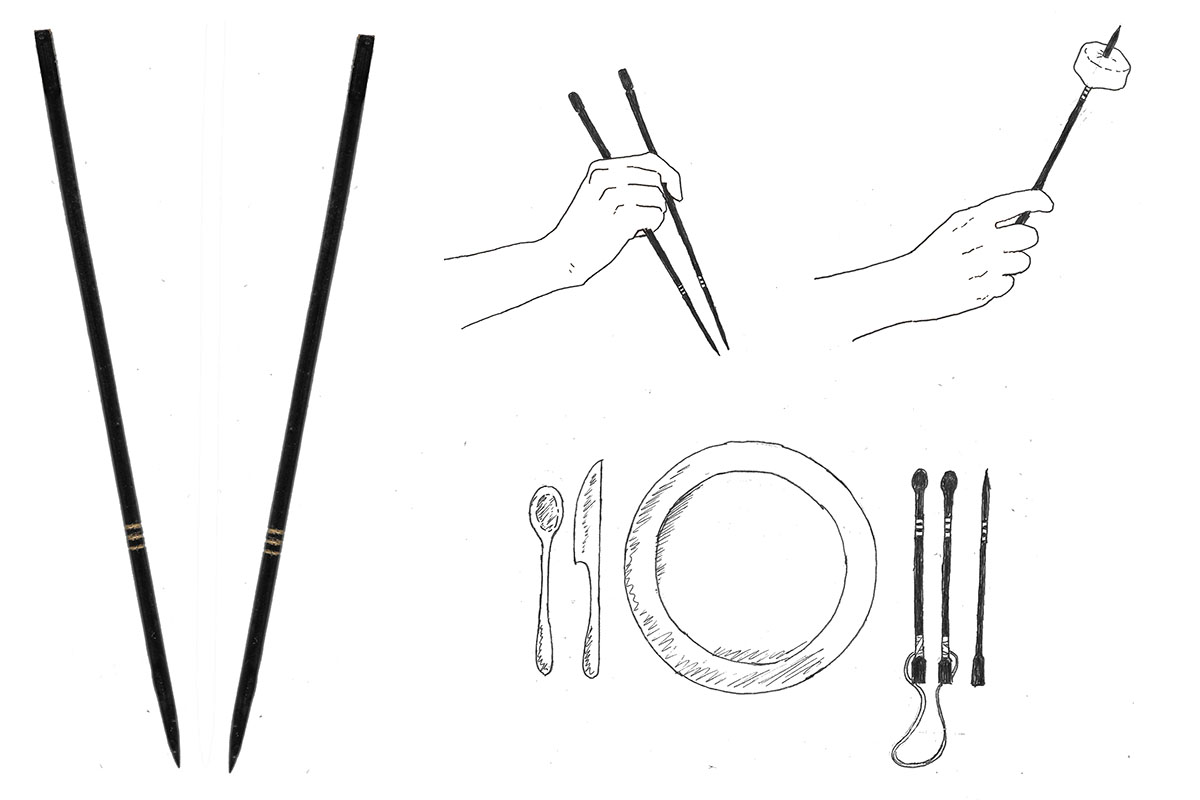
|
Cutlery — The Palaeoboreanic peoples had a very distinctive eating utensil: the tine. Tines were often used in pairs, similar to modern chopsticks, although poor and/or uncultured individuals tended more often to use them singly in the manner of a skewer, stabbing their food crudely. Wealthy and/or cultured individuals tended to have specialized varieties: blunted pairs of "gripping-tines" connected by a chord or chain, and single, finely pointed "skewering-tines". |
Religion
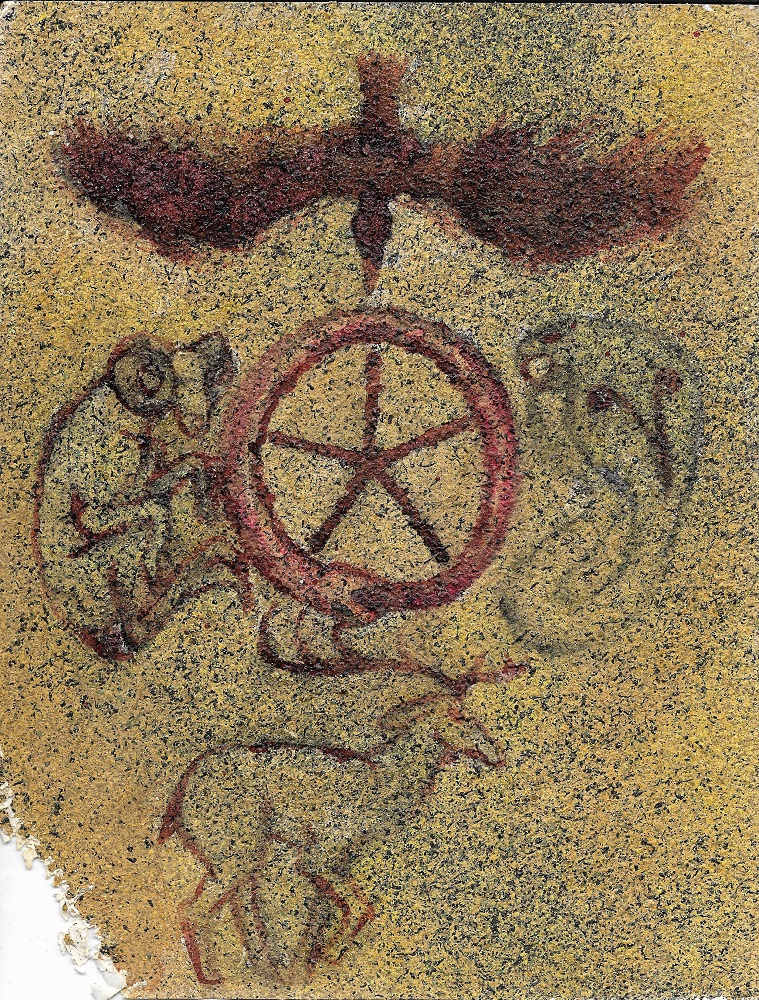 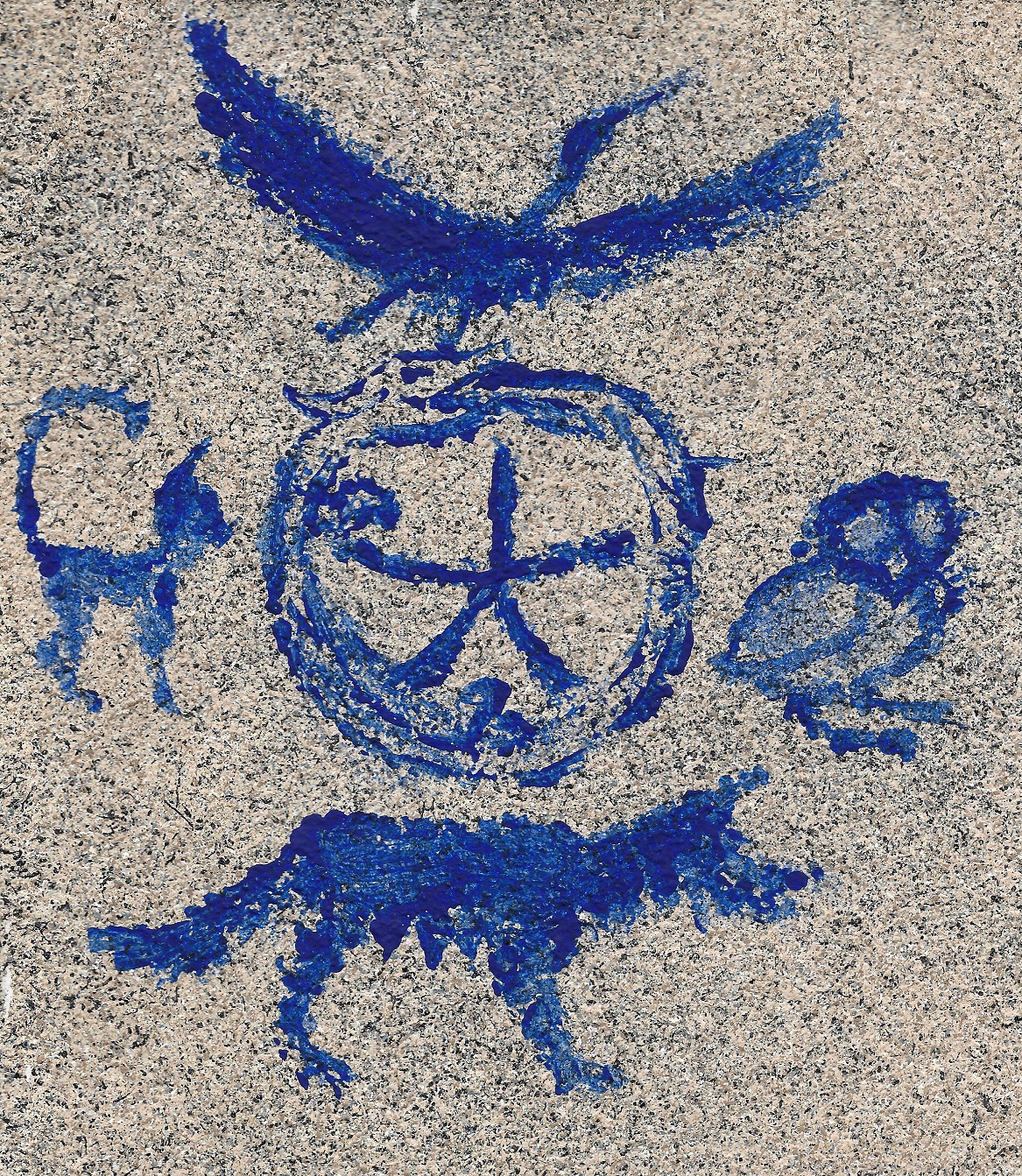
|
The Borean Proto-Faith — |

|
Palaeoboreanic Deities — |
Mathematics
For more information, see Borean Mathematics.
|
Borean Base-13 — |
|
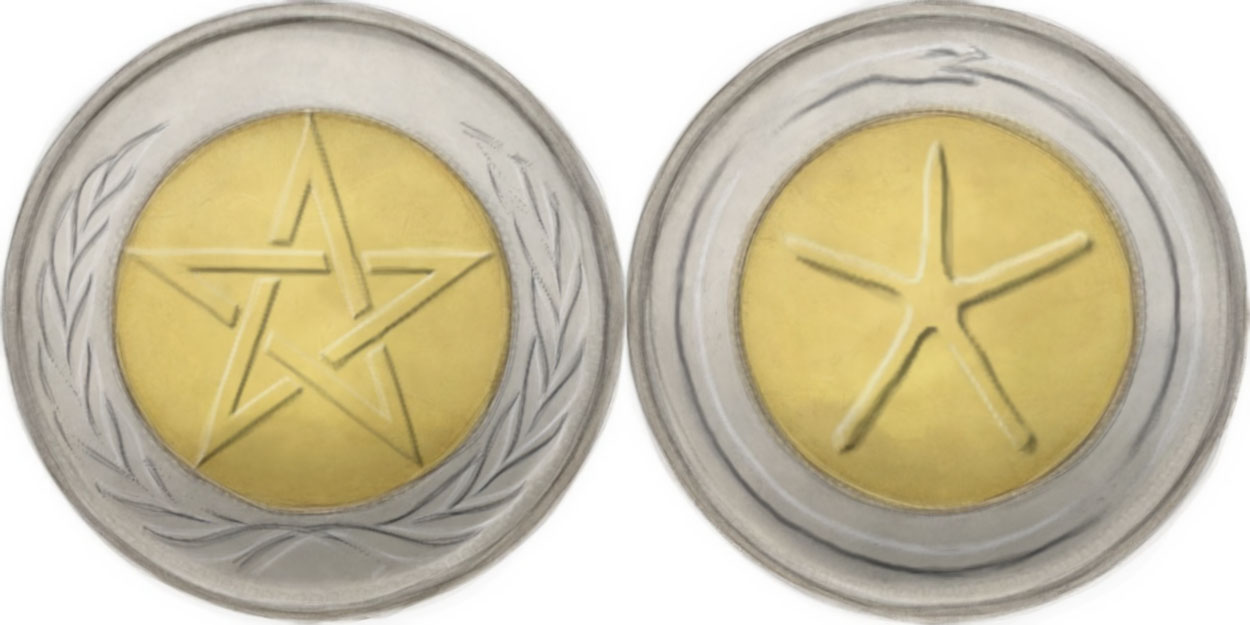
|
Borean Money & Economics — |

